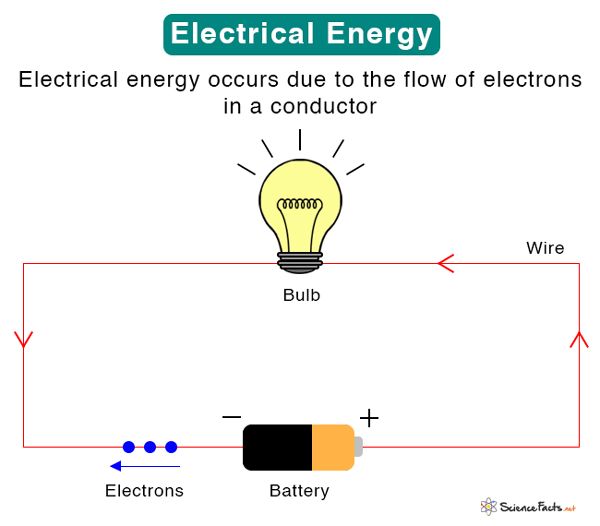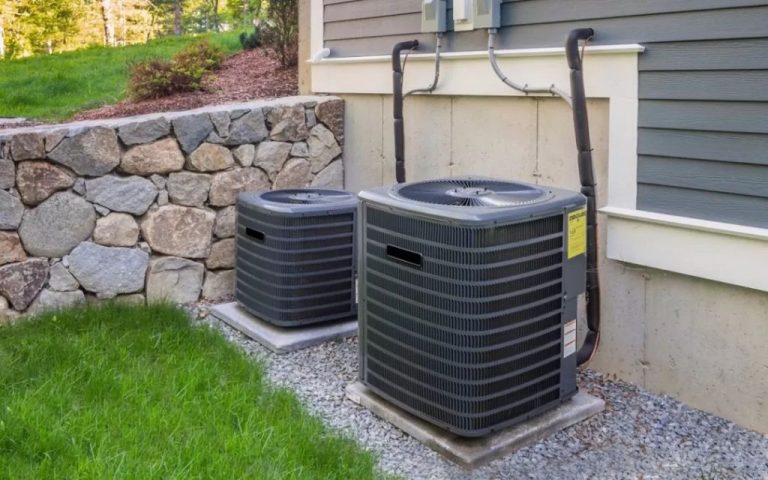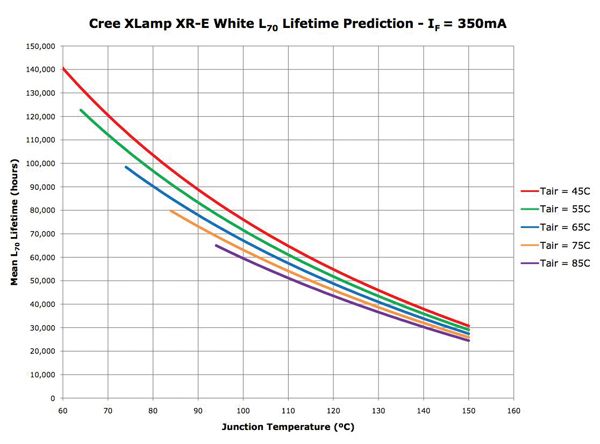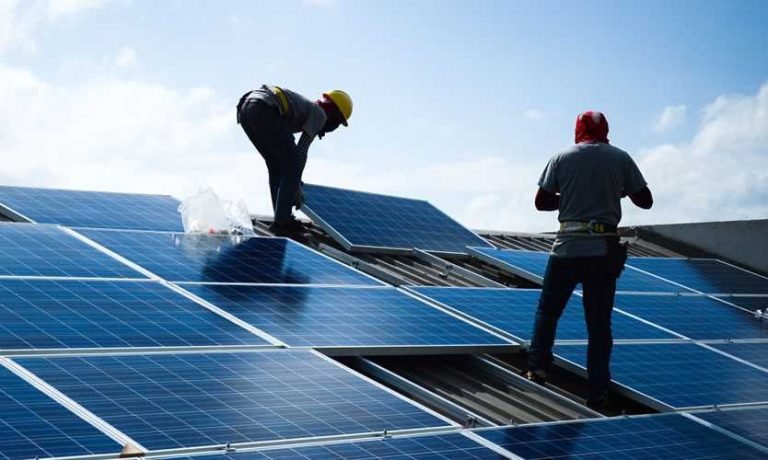Is Kinetic Energy A Real Thing?
What is Kinetic Energy?
Kinetic energy is the energy an object has due to its motion. The kinetic energy of an object depends on its mass and velocity. The formula for kinetic energy is:
Kinetic Energy = 1/2 x mass x velocity2
Kinetic energy is directly proportional to the mass of the object and the square of its velocity. In other words, an increase in mass or velocity results in a large increase in kinetic energy (Source).
Kinetic energy is a form of mechanical energy that refers to the motion of an object or particle and its momentum. Kinetic energy represents the “work” required to accelerate a body from rest to a given velocity (Source).
Examples of kinetic energy in everyday life include:
- The motion of a car driving down the road
- The vibration of molecules (thermal energy)
- The motion of ocean waves
- The motion of electrons in a current of electricity
In each case, an object has kinetic energy if it is in motion. The amount of kinetic energy depends on the object’s mass and velocity squared (Source).
Kinetic Energy vs Potential Energy
Kinetic energy and potential energy are the two forms of mechanical energy. While kinetic energy is the energy possessed by an object due to its motion, potential energy is the stored energy possessed by an object due to its position or state [1]. Some key differences between kinetic and potential energy are:
- Kinetic energy depends on the mass and velocity of the object. The faster the object moves, the more kinetic energy it has. Potential energy depends on factors like height, gravity, tension, etc.
- Kinetic energy is present only when the object is in motion. An object at rest has no kinetic energy. Potential energy exists as long as the object is in the particular position or state.
- Kinetic energy can be transferred between objects. Potential energy cannot be transferred, it is stored within the object.
- Kinetic energy of an object changes with a change in either mass or velocity. Potential energy changes with a change in position or state.
A key relationship between kinetic and potential energy is that potential energy can transform into kinetic energy and vice versa. For example, the potential energy stored in a compressed spring transforms into kinetic energy when the spring is released. Similarly, when an object falls under gravity, its potential energy is converted into kinetic energy [2]. This interconversion makes potential and kinetic energy an important concept in physics.
Forms of Kinetic Energy
There are three main types of kinetic energy based on the type of motion involved:
Vibrational Kinetic Energy
Vibrational kinetic energy refers to the kinetic energy associated with vibrational motion. This includes things like molecules vibrating in place or sound waves moving through a medium like air or water. Examples of vibrational kinetic energy include the energy in vibrating atoms in solids, the thermal motion of molecules, and the energy carried by sound waves.
Rotational Kinetic Energy
Rotational kinetic energy refers to the kinetic energy of an object spinning or rotating around an axis. Examples include a spinning top, a rotating planet or star, a spinning drive shaft in a motor, and spinning electrons in an atom. The amount of rotational kinetic energy depends on the object’s moment of inertia and its angular velocity.
Translational Kinetic Energy
Translational kinetic energy refers to the kinetic energy of an object moving from one location to another, changing its position. Examples include a car driving down the road, a bullet fired from a gun, or an electron moving through space. The amount of translational kinetic energy depends on the mass of the object and its velocity.
These different forms of kinetic energy can transfer between each other, such as when friction converts translational kinetic energy to thermal kinetic energy.
Conservation of Kinetic Energy
The law of conservation of energy states that energy can neither be created nor destroyed, only transformed from one form to another. This law applies to kinetic energy as well. Kinetic energy is the energy an object possesses due to its motion. It transforms between different objects and systems while the total kinetic energy remains constant.
During collisions between objects, kinetic energy is conserved. The total kinetic energy before and after the collision remains the same. For example, in an elastic collision between two billiard balls, the total kinetic energy of the two balls after colliding is equal to their total kinetic energy before colliding. The kinetic energy transforms between the two balls while remaining constant overall.
However, the law of conservation of kinetic energy only applies to closed systems with no external forces acting on them. In inelastic collisions, some kinetic energy is lost to heat, sound and deformation. The kinetic energy transforms to other forms rather than remaining in the system. Friction also causes loss of kinetic energy from a system. So while the overall law of conservation of energy still holds, kinetic energy itself is not conserved when external forces are present.
The conservation of kinetic energy is an important concept in physics with many real world applications. Knowing that kinetic energy transforms between objects helps understand phenomena like collisions, explosions, and energy transfers in mechanical systems.
Overall, the law of conservation of energy states kinetic energy is conserved within a closed system. Kinetic energy transforms between different objects and states while the total kinetic energy of the system remains unchanged. External forces can lead to loss of kinetic energy from the system in forms like heat and sound.[1]
Calculating Kinetic Energy
The formula for calculating kinetic energy is:
EK = 1/2 x m x v2
Where:
EK = Kinetic Energy (Joules)
m = Mass (kg)
v = Velocity (m/s)
This formula shows that kinetic energy is directly proportional to the mass and the square of the velocity. In other words, the heavier and faster an object moves, the greater its kinetic energy.
Let’s look at some examples of using this formula to calculate kinetic energy:
Example 1: Calculate the kinetic energy of a 2kg ball moving at 3m/s.
EK = 1/2 x 2 x (3)2
= 1/2 x 2 x 9
= 9 Joules
Example 2: Calculate the kinetic energy of a 500kg car moving at 20m/s.
EK = 1/2 x 500 x (20)2
= 1/2 x 500 x 400
= 100,000 Joules
This shows that even though the car’s velocity is not extremely high, its large mass results in a huge amount of kinetic energy.
Real World Applications
Kinetic energy is commonly seen in action through real world examples. Some of the most notable examples are found in vehicles, sports, and machinery.
Vehicles like cars, trucks, trains, and airplanes rely on kinetic energy to move. Their engines convert potential energy from fuel into kinetic energy of motion. The faster a vehicle moves, the more kinetic energy it possesses. Stopping a fast moving vehicle requires removing its kinetic energy through braking and friction with the road or air.
Many sports also showcase kinetic energy. The swinging of a baseball bat gives the ball kinetic energy to fly through the air. Sprinting runners build up kinetic energy in their moving bodies. Jumps, throws, and kicks in activities like long jump, javelin, shot put, and soccer demonstrate athletic applications of kinetic energy.
Machinery and industrial processes require kinetic energy to operate. Spinning turbines and generators possess kinetic energy. Devices like jackhammers and pile drivers transfer kinetic energy into the objects they strike. Even something as simple as a bouncing ball exhibits kinetic energy in action.
Understanding how kinetic energy works helps explain the motion of objects in everyday life. Whether it’s an airplane takeoff, spike in volleyball, or operation of construction equipment, kinetic energy is found throughout the real world.
Kinetic Energy Storage
There are several ways to store kinetic energy for later use. Two common methods are using flywheels and gravitational potential.
Flywheels are mechanical devices that spin at high speeds to store rotational kinetic energy. As an object spins, it gains kinetic energy. In a flywheel, this rotational energy can be maintained by keeping the flywheel spinning with low friction. When the stored energy needs to be used, it can be drawn back out of the flywheel by slowing down its rotational speed.
Gravitational potential can also be used to store kinetic energy. Lifting an object upward against gravity gives it gravitational potential energy. This potential energy can then be converted into kinetic energy as the object falls back down. For example, pumping water uphill into a reservoir stores energy that can later be released to turn hydroelectric turbines as the water flows back downhill.
Both flywheel systems and pumped hydroelectric storage allow kinetic energy to be stored for later conversion back into different forms of energy. Flywheels provide short-term storage useful for smoothing out power fluctuations, while pumped hydro offers a medium-to-long-term energy storage solution.1
Advantages of Kinetic Energy
One of the key advantages of kinetic energy is that it is a renewable and clean source of energy. Unlike fossil fuels that emit greenhouse gases when burned, generating electricity from kinetic energy systems like wind, hydroelectric, and tidal does not produce air pollution or carbon emissions.
Harnessing kinetic energy is environmentally sustainable, as solar or gravitational forces drive the motion that can be converted into electricity. According to the US Energy Information Administration, renewable energy sources generated 20% of U.S. electricity in 2019, and kinetic systems like hydroelectric and wind contributed over half of that amount. As renewable energy expands its share of the energy mix, kinetic systems have significant potential to improve sustainability.
Limitations of Kinetic Energy
While kinetic energy has many advantages, it also has some limitations that need to be considered:
The intermittent nature of some sources of kinetic energy, like wind and waves, means that energy production can vary over time. This unpredictability can make kinetic energy more challenging to integrate into the grid compared to more stable sources like fossil fuels (https://www.mechanicaleducation.com/kinetic-energy-advantages-and-disadvantages/). Storage systems are needed to capture excess energy during peak production times for use when natural supplies are lower.
Energy storage for kinetic energy systems can be difficult and expensive. Technologies like batteries, flywheels, compressed air, and pumped hydro require complex infrastructure with high upfront capital costs (https://www.ehow.co.uk/info_8699195_advantages-disadvantages-kinetic-energy.html). This can impact the cost effectiveness of harnessing intermittent kinetic energy sources.
While kinetic power sources like hydroelectric dams provide inexpensive electricity once built, the initial construction costs are quite high. There are also environmental concerns around damming rivers that must be addressed. Overall cost effectiveness depends on the local availability of kinetic energy sources (https://www.mechanicalfunda.com/2021/02/advantages-disadvantages-kinetic-energy.html).
The Future of Kinetic Energy
Kinetic energy holds great potential for further research and technology development in the future. There are many exciting ways that kinetic energy could be harnessed as a renewable energy source across industries like transportation, renewable energy, and manufacturing.
Ongoing research is exploring new methods and materials to improve the efficiency of kinetic energy harvesting technologies like piezoelectric generators. Piezoelectric materials generate electric charge in response to mechanical stress, allowing kinetic energy from vibrations or motion to be converted into electricity. Advancements in materials like flexible thin-film piezoelectrics could enable more widespread use of kinetic energy harvesting (Source).
Kinetic energy harvesting shows promise for renewable energy applications. Kinetic sidewalks, roadways, or speed bumps made with piezoelectrics could convert the kinetic energy of footsteps or vehicles into usable electricity. Other applications like ocean buoys and floating platforms are being developed to harness the kinetic energy in ocean waves and currents (Source).
In transportation, regenerative braking systems already recover a vehicle’s kinetic energy during braking to charge batteries. Ongoing research aims to improve regeneration efficiency and develop new ways to harvest kinetic energy from suspension systems, vehicle vibrations, and more. These innovations could enable electric vehicles to extend driving range.
Industrial applications are also being explored, where kinetic energy from vibrations in rotating machinery could be captured and reused on-site. This presents opportunities to improve energy efficiency in manufacturing facilities.
As research continues, kinetic energy harvesting and regeneration hold the potential to play an important role in building a more sustainable energy future.







